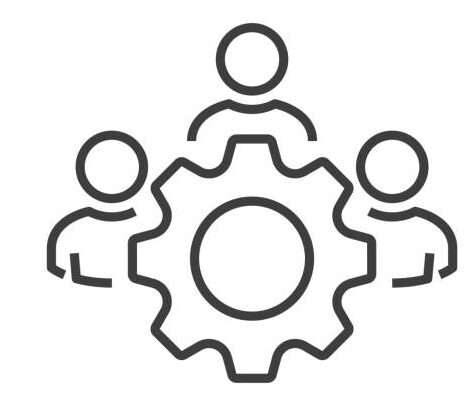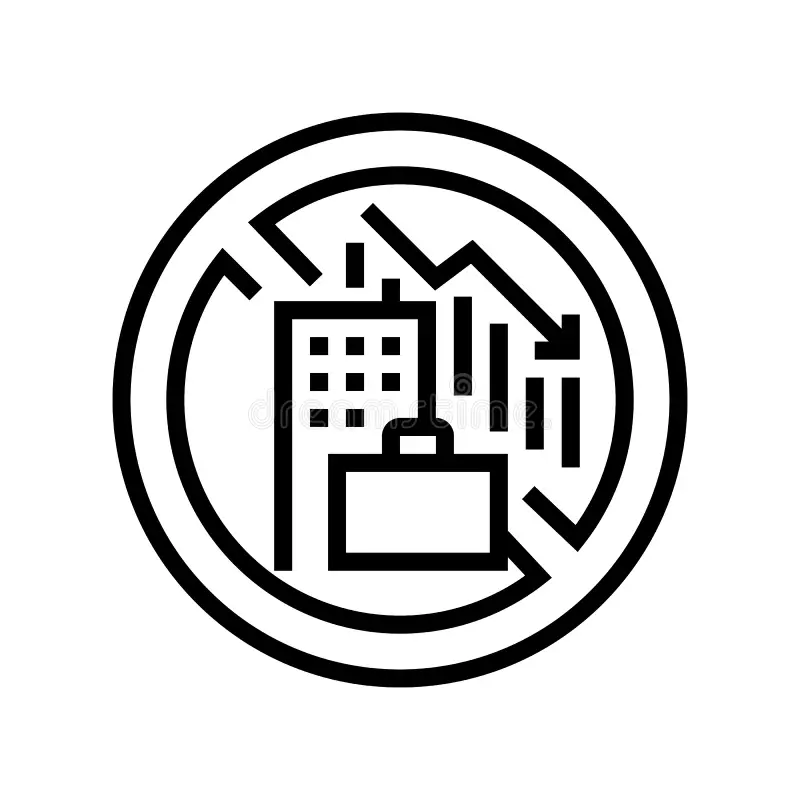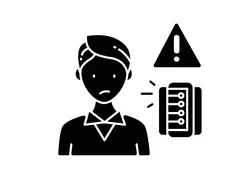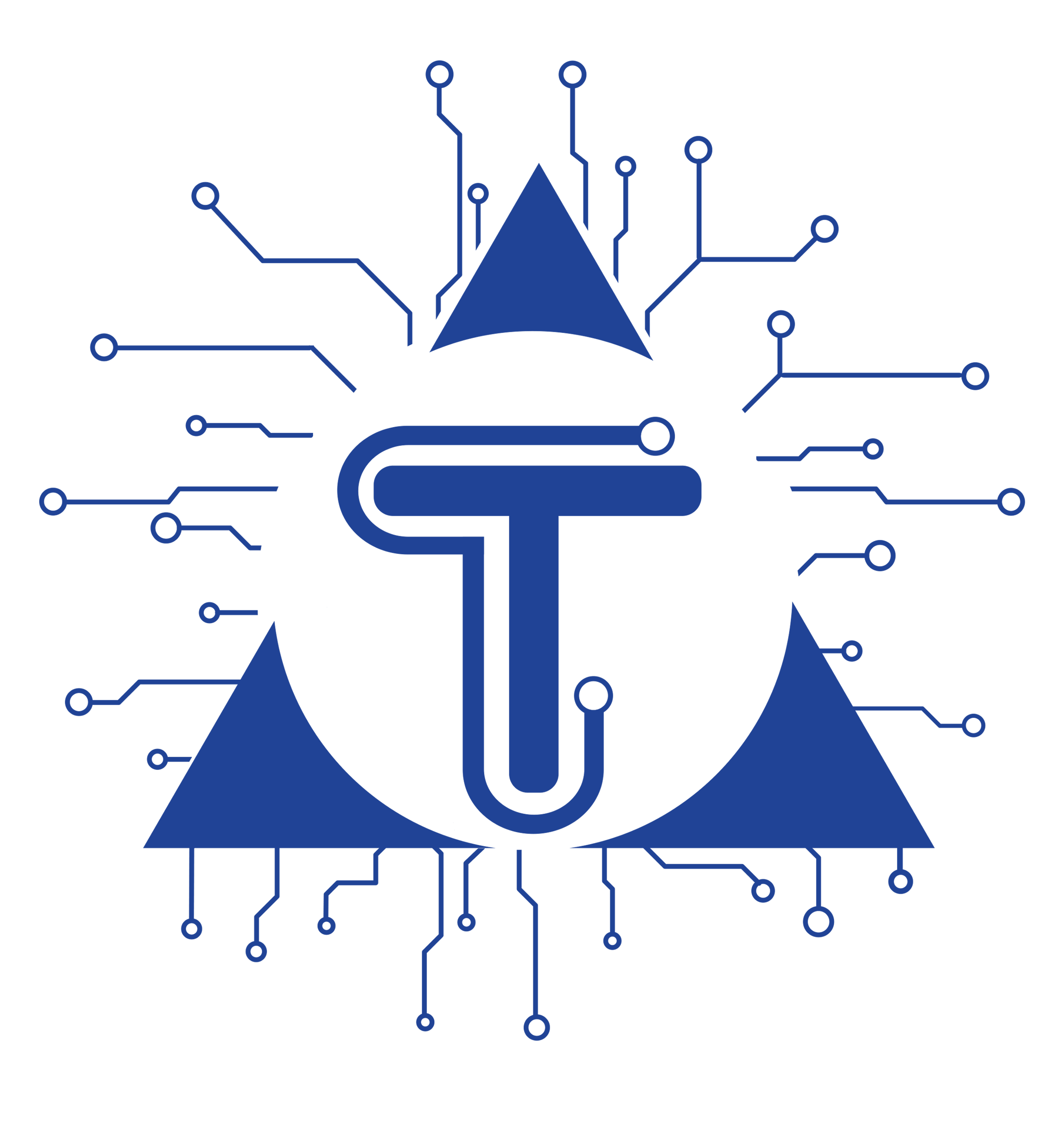
- January 21, 2021
- radars
- 0
Unveiling the Layers: A Journey Behind the Internet
It is likely a book or documentary that explores the intricate layers of the internet, delving into its infrastructure, protocols, and societal impact. It offers readers or viewers a deep dive into the unseen mechanisms that power the internet, from physical cables to data centers, and examines the historical, technological, and social contexts that have shaped its development. The journey aims to demystify the complexities of the internet, providing insights into how it functions and its significance in contemporary society.
“The internet is a reflection of our society and that mirror is going to be reflecting what we see. If we do not like what we see in that mirror the problem is not to fix the mirror, we have to fix society.”
Vint Cerf
How It Works?
Understand the fundamental concept of the Internet being organized into layers, each serving a specific purpose in data transmission and communication.
- Physical Layer: Explore the lowest layer of the Internet stack, responsible for the actual physical transmission of data through mediums such as cables, fiber optics, and wireless signals.
- Data Link Layer: Delve into the layer concerned with the establishment and maintenance of connections between devices, ensuring error-free transmission over the physical layer.
- Network Layer: Investigate the layer responsible for routing data packets between different networks, facilitating communication across various interconnected devices.
- Transport Layer: Examine the layer responsible for end-to-end communication, ensuring that data packets are delivered reliably and in the correct order.
- Session Layer: Understand how this layer manages the establishment, maintenance, and termination of sessions between applications running on different devices.
- Presentation Layer: Explore the layer responsible for data translation, encryption, and compression, ensuring that data is presented in a format that applications can understand.
- Application Layer: Discover how the highest layer of the Internet stack provides services directly to end-users, facilitating activities such as web browsing, email communication, and file transfer.
- Protocols and Standards: Highlight the crucial role of protocols and standards in governing communication between devices and ensuring interoperability across different layers of the Internet.
- Emerging Technologies: Discuss recent advancements and emerging technologies that are reshaping the Internet landscape, such as Internet of Things (IoT), 5G networks, and artificial intelligence.
- Challenges and Future Directions: Address the challenges faced by the Internet, including security threats, scalability issues, and the need for continued innovation, and speculate on future directions and trends in Internet development.
Summarize the key insights gained from the journey behind the Internet layers, emphasizing the interconnectedness and complexity of the underlying infrastructure that powers our digital world.

Advantages Of Internet

Vast Information Resource
The Internet serves as a vast repository of information on virtually every topic imaginable. Users can easily access educational resources, research papers, news articles, tutorials, and multimedia content, empowering them to learn, explore, and stay informed.

Efficient Communication
Through email, instant messaging, social media platforms, and video conferencing tools, the Internet revolutionizes communication by providing fast, convenient, and cost-effective means of interaction. It facilitates real-time collaboration, remote work, and seamless connectivity between individuals and businesses worldwide.

Economic Opportunities
The Internet revolutionizes commerce, enabling global reach via e-commerce and precise targeting through digital marketing. It fosters economic growth by creating jobs, facilitating remote employment, and nurturing digital industries, driving innovation and economic development.

Global Connectivity
The Internet enables instant communication and access to information across the globe, connecting individuals, businesses, and organizations regardless of geographical location. This connectivity fosters collaboration, knowledge sharing, and cultural exchange on an unprecedented scale.
Disadvantages Of Internet

Cybersecurity Risks
The Internet opens up avenues for various cybersecurity threats such as hacking, malware, phishing, and identity theft. Individuals, businesses, and governments are all susceptible to cyber attacks, leading to financial losses, data breaches, and compromised privacy.

Digital Divide
Despite its widespread adoption, there is still a significant digital divide globally, with many people lacking access to reliable Internet connections or the necessary devices to go online. This digital divide exacerbates existing socio-economic inequalities, hindering opportunities for education, employment, and socio-political participation.

Information Overload and Misinformation
The Internet's abundance of information fosters information overload, complicating the identification of credible sources amid misinformation and disinformation. This leads to rumor propagation, public discourse polarization, and diminished trust in traditional institutions and media.
